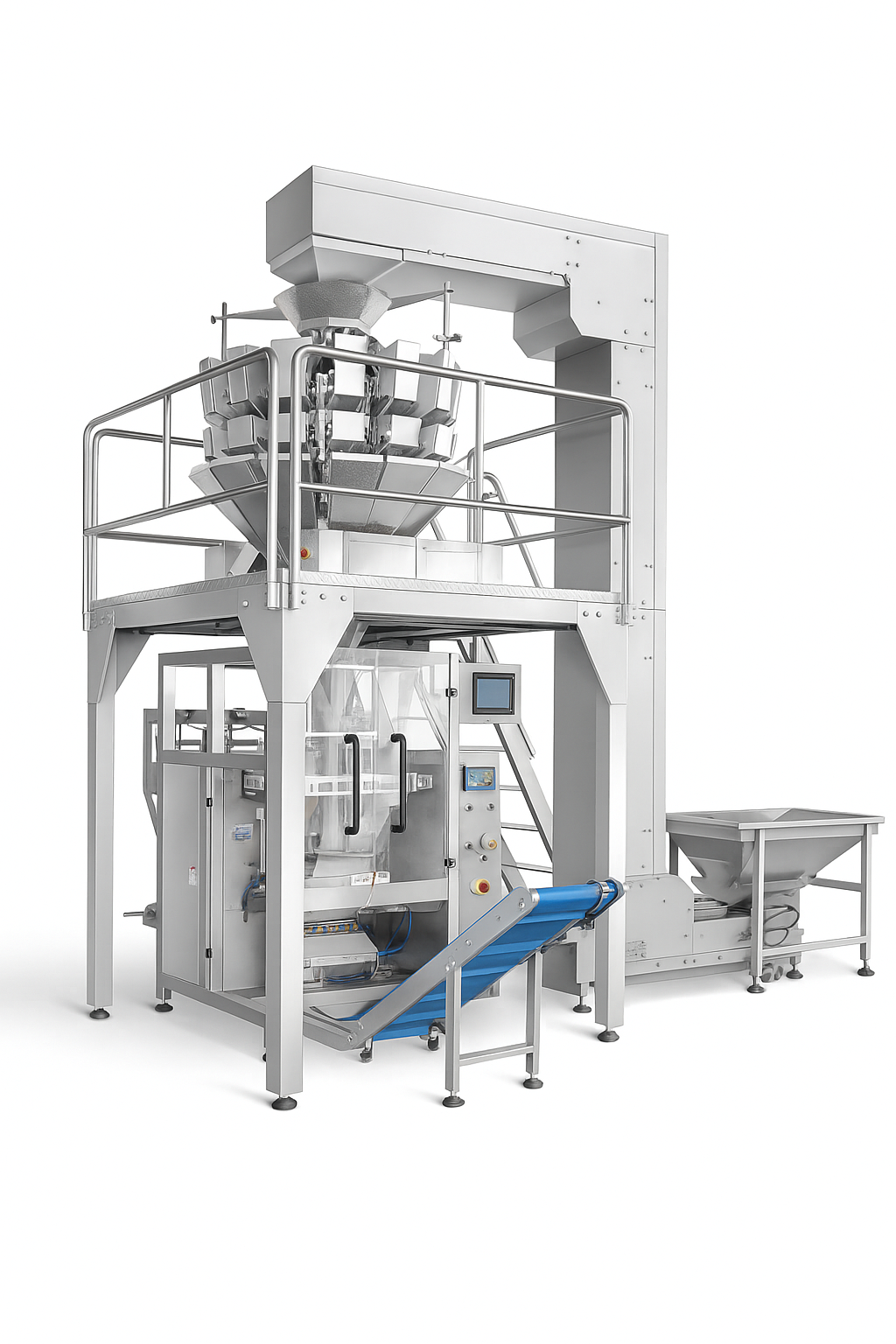Table of Contents
Building high-speed fiber networks is no longer a luxury—it’s a necessity. Yet behind every rollout lies a demanding and often overlooked industry: FTTH (Fiber to the Home) product manufacturing. In recent years, FTTH products manufacturers have faced mounting challenges, driven by global economic shifts, evolving customer needs, and heightened technological expectations.
This article explores the most pressing issues manufacturers must navigate today, offering insights for both procurement specialists and network planners seeking reliable partners in the fiber optics industry.

Supply Chain Instability Threatens Lead Times and Pricing
One of the most disruptive factors impacting FTTH products manufacturers is the unpredictability of global supply chains. The sourcing of key raw materials—such as fiber cores, steel wire reinforcements, and polymer sheathing—has become increasingly volatile. Geopolitical tensions, freight congestion, and fluctuating commodity prices have all contributed to delays and cost inflation.
To address these risks, manufacturers must now:
- Maintain strategic stock reserves of high-demand components
- Diversify supplier networks across multiple regions
- Optimize production scheduling to adapt to material gaps
OMC, a recognized FTTH manufacturer with over 13 years in the field, mitigates such risks through proactive procurement strategies and regional supply partnerships. This allows them to deliver consistent timelines while keeping pricing competitive, especially for large-scale telecom projects.
Meeting Complex Technical Requirements
Today’s fiber networks are built to support advanced applications—from 4K streaming to smart cities. As a result, FTTH products manufacturers must design components that offer not just durability but also extremely precise performance specifications.
Common technical challenges include:
- Maintaining low insertion loss in dense connector systems
- Ensuring long-term environmental resistance for outdoor installations
- Supporting tight bending radii without signal degradation
OMC’s engineering team responds to these challenges with continuous product testing and refinement. Their manufacturing process integrates automated inspection systems to ensure that every component meets the performance thresholds required by global telecom standards.
Customization at Scale: The New Industry Standard
Mass production alone is no longer sufficient. Modern buyers—whether ISPs, data center operators, or government infrastructure planners—demand components tailored to their network environments.
Key areas where customization is essential:
- Cable jacket materials suited for indoor, underground, or aerial installations
- Specific connector types, polishing styles, or fiber modes
- Cable lengths adapted to pre-designed pathways to reduce field splicing
OMC excels in this area by offering end-to-end customization services. Their in-house technical staff works closely with clients to develop fiber assemblies and cable configurations that meet strict deployment specifications while streamlining installation efforts.
Labor Gaps and Technical Expertise Shortages
While automation has improved consistency, skilled labor is still essential in several areas of FTTH product manufacturing—particularly in fiber polishing, testing, and cable assembly. Unfortunately, the sector continues to struggle with:
- A lack of trained fiber optics professionals in key manufacturing hubs
- High turnover rates in factory environments
- Rising labor costs in previously low-cost manufacturing regions
Forward-thinking companies like OMC invest heavily in workforce development. Through on-the-job training, retention programs, and multi-skill roles, they maintain an experienced team capable of executing complex assembly and quality control procedures.
Adapting to Evolving Sustainability Requirements
Environmental impact is now a purchase consideration—not just for governments but also for commercial clients. FTTH manufacturers are expected to demonstrate responsible sourcing, efficient production, and recyclability in their product design.
Some of the growing demands include:
- Reducing carbon emissions across supply chains
- Using RoHS-compliant and halogen-free materials
- Minimizing packaging waste during delivery
OMC has taken visible steps in aligning with these standards. Their packaging methods have been optimized to reduce material usage, and their product lines prioritize components free from hazardous substances. This not only aligns with regulations but also appeals to customers with sustainability mandates.
Why OMC Continues to Lead in the FTTH Manufacturing Space
Facing these industry-wide challenges, OMC has emerged as a resilient and adaptive partner. With over a decade of experience, the company offers an extensive portfolio of FTTH solutions, including bulk optical cables, pre-terminated fiber assemblies, cable management tools, and custom fiber accessories.
What sets OMC apart:
- Advanced Manufacturing Facilities: Equipped with cutting-edge machinery for precise production
- Strict Quality Assurance: Each product passes rigorous testing to ensure high reliability
- Timely Delivery Commitments: Logistics networks are optimized for domestic and international fulfillment
- Customer-Centric Engineering: Flexible solutions tailored to meet unique network environments
Their reputation is built on consistent product performance, transparent service, and the technical ability to solve complex deployment problems quickly.
Conclusion: Resilience, Not Just Products
The modern fiber optics landscape is shaped by rapid change and rising expectations. For FTTH products manufacturers, success no longer depends solely on production capacity—it hinges on agility, engineering precision, and supply chain intelligence.
OMC continues to rise above industry pressures through a commitment to quality, innovation, and customer satisfaction. For network operators and planners seeking dependable FTTH components, partnering with a manufacturer like OMC offers more than a product—it provides a strategic advantage in an increasingly competitive environment.
0









